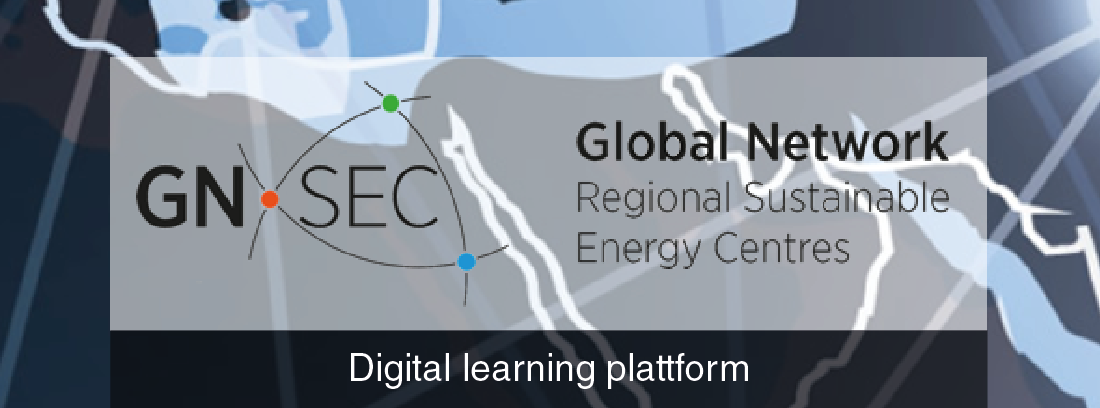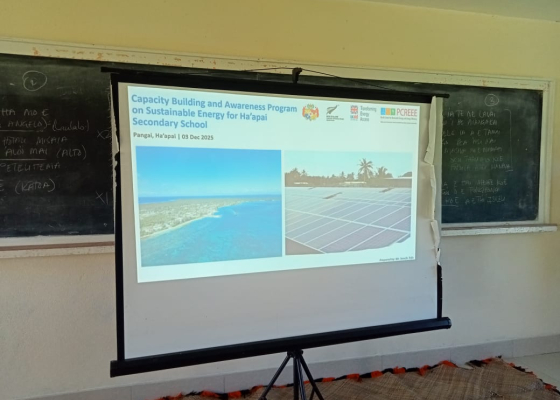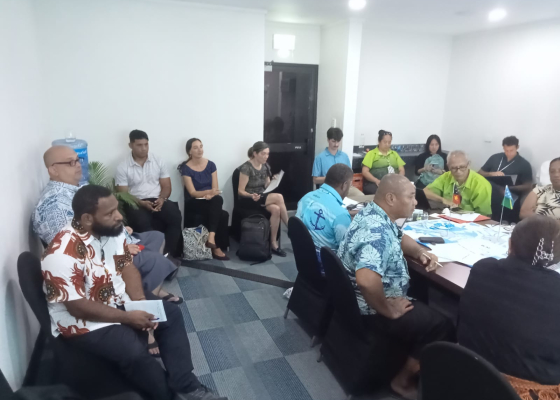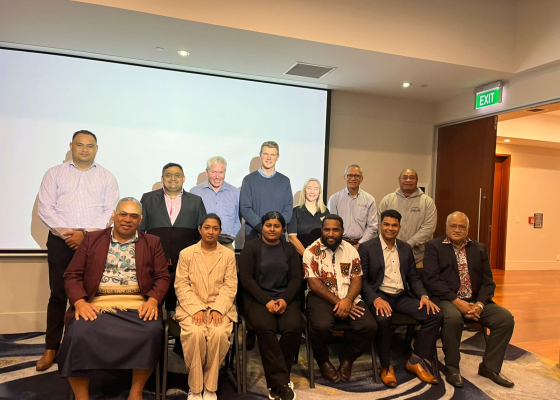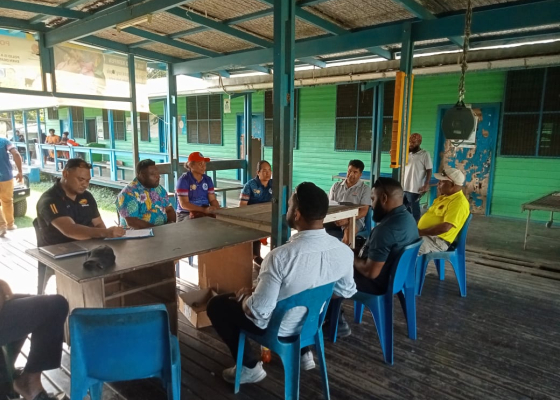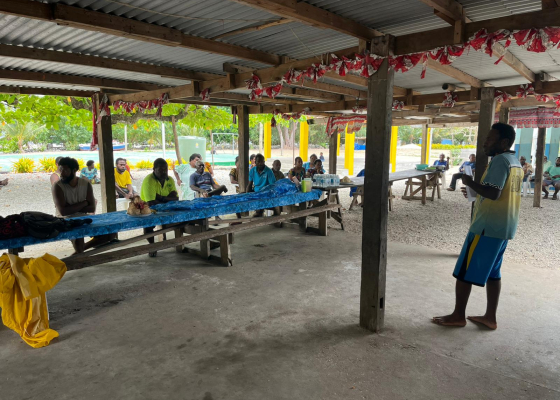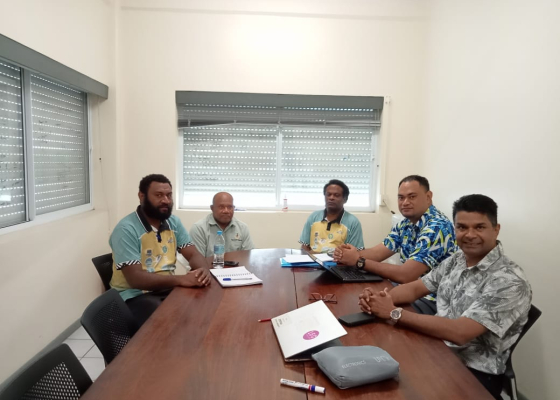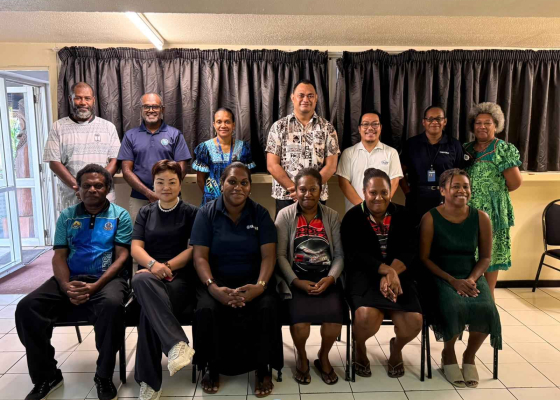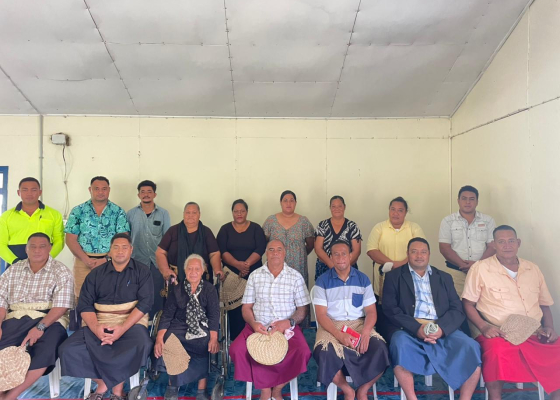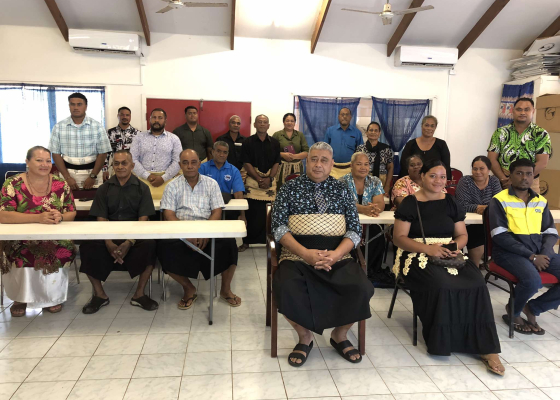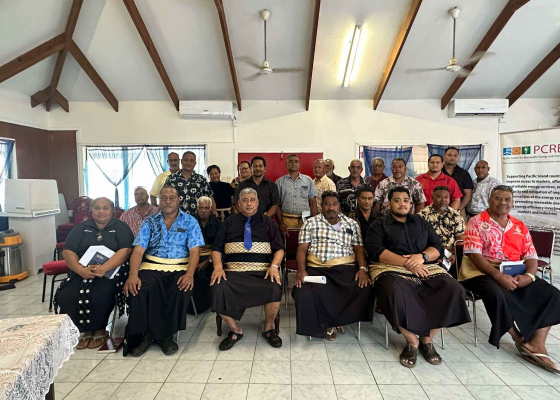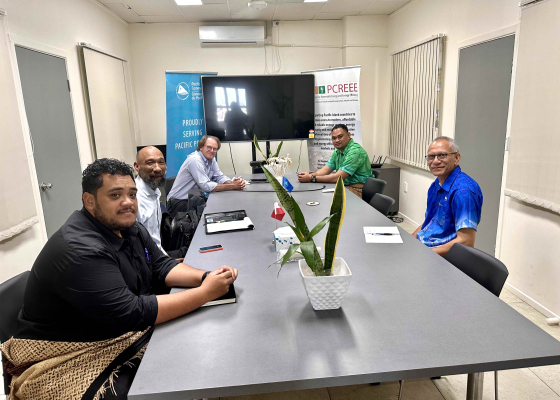Resettlement Policy Framework for the Vanuatu Rural Electrification Project Stage 2(VREP II)
This Resettlement Policy Framework (RPF) has been prepared for the Vanuatu Rural Electrification Project Stage 2 (VREP II). The RPF is a companion document to the VREP II Environmental and Social Management Framework (ESMF) (December 2016).
The VREP II Project Development Objective (PDO) is to “…support increased penetration of renewable energy and increased access to electricity services for rural households, public institutions and businesses located in the dispersed off-grid areas.”. The Project will finance two power-generation types: 1) solar home systems (SHS) and micro-grids for individual households, churches and schools for example; and 2) mini-grids for powering small villages. As SHS and micro-grids affect only individual premises they are not subject to the provisions of this RPF. The Government of Vanuatu (GoV) will identify potential locations for mini grids taking into account population density (number households), public facilities such as hospitals and schools, ‘anchor’ loads such as tourism facilities, food processing or other commercial operations, and potential sources of renewable energy sources, for example hydro, for feeding into the mini-grids in future. Sub-projects eligible for financing will be selected from the GoV ‘long list’ during implementation. As the specific sub-project locations will not be known until implementation, this Resettlement Policy Framework (RPF) is required.
Communities in the long listed sites will be invited by the GoV to elect to receive a mini-grid under the project. This is a demand driven initiative where communities elect to benefit from project outcomes and it will be delivered in partnership between the Department of Energy (DoE) and the recipient communities.
Land will be required for the generation infrastructure (solar photovoltaic (PV) array and biodiesel back-up genset), battery storage facilities and distribution systems (poles and wires). The areas of land required are small. Three underlying land tenures exist: Government-owned land, Church-leased land and customary land. The underlying tenure arrangement will define the process adopted for accessing the land required for the project as accessing land with the different types of tenure requires a different approach and process. Government land will be preferred, then church land and then customary land. Distribution systems will be generally located along existing road/path alignments. Although this land is generally customary land, the scale of anticipated impacts is very low and necessary agreements based on the requirements of the RPF will be achieved first. Any need to remove trees and other income producing vegetation for technical reasons will be avoided to the maximum extent possible.
A project communications strategy will be developed by DoE which drives active communication with potential beneficiary communities. This strategy will cover the purpose of the project, benefits of electrification, the need for tariffs to be paid and the role of the community in any operation and maintenance processes etc. To ensure beneficiaries and affected people fully understand (and are a part of) the project identification and delivery process, land and asset related aspects will form an important part of the communications strategy. If no land is able to be accessed for the purpose of the project in a given locality; the project will not be imposed in an involuntary manner upon the community.
Upcoming Events
-
01/19/2026 to 01/23/2026
-
03/02/2026 to 03/03/2026






